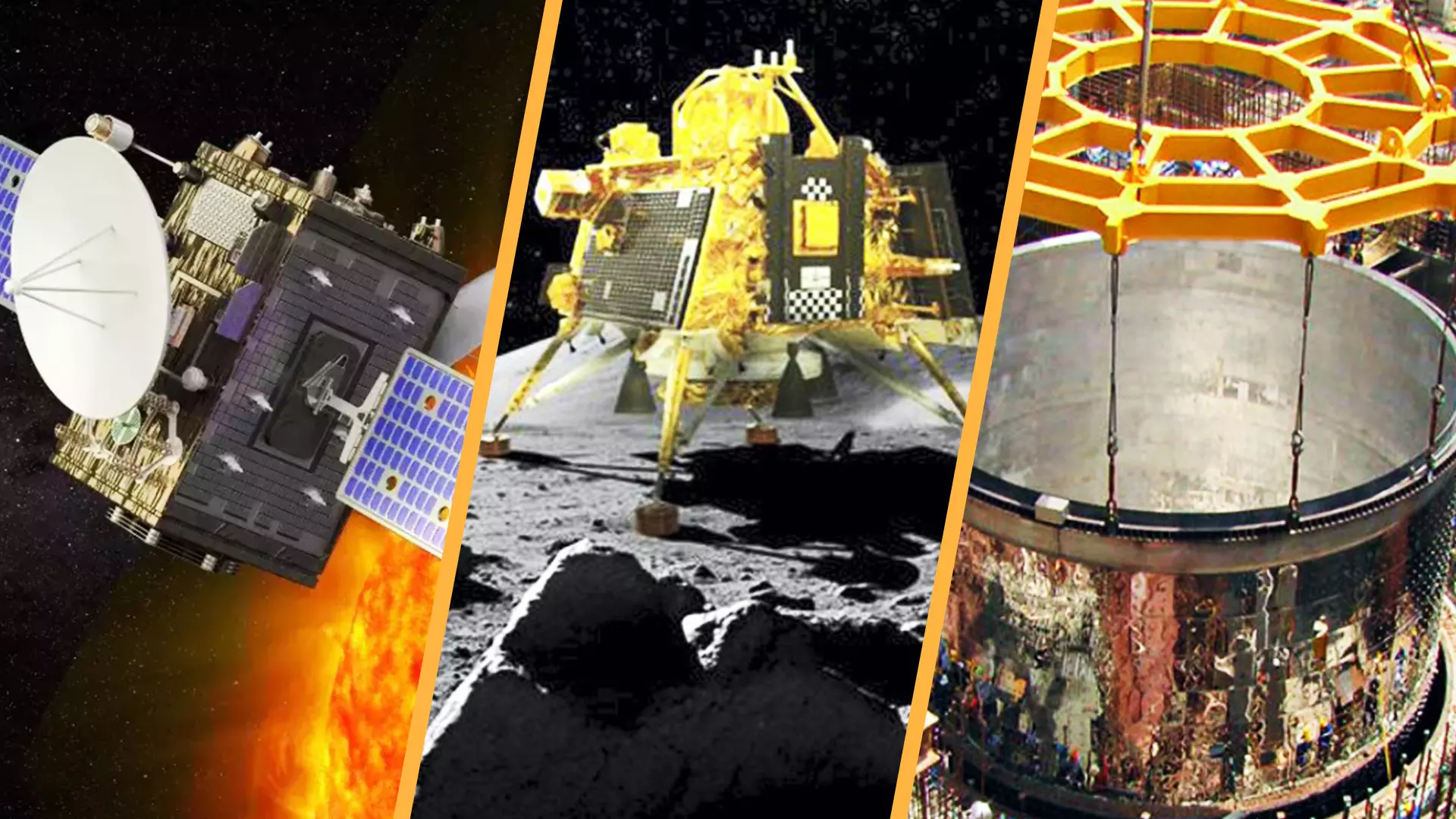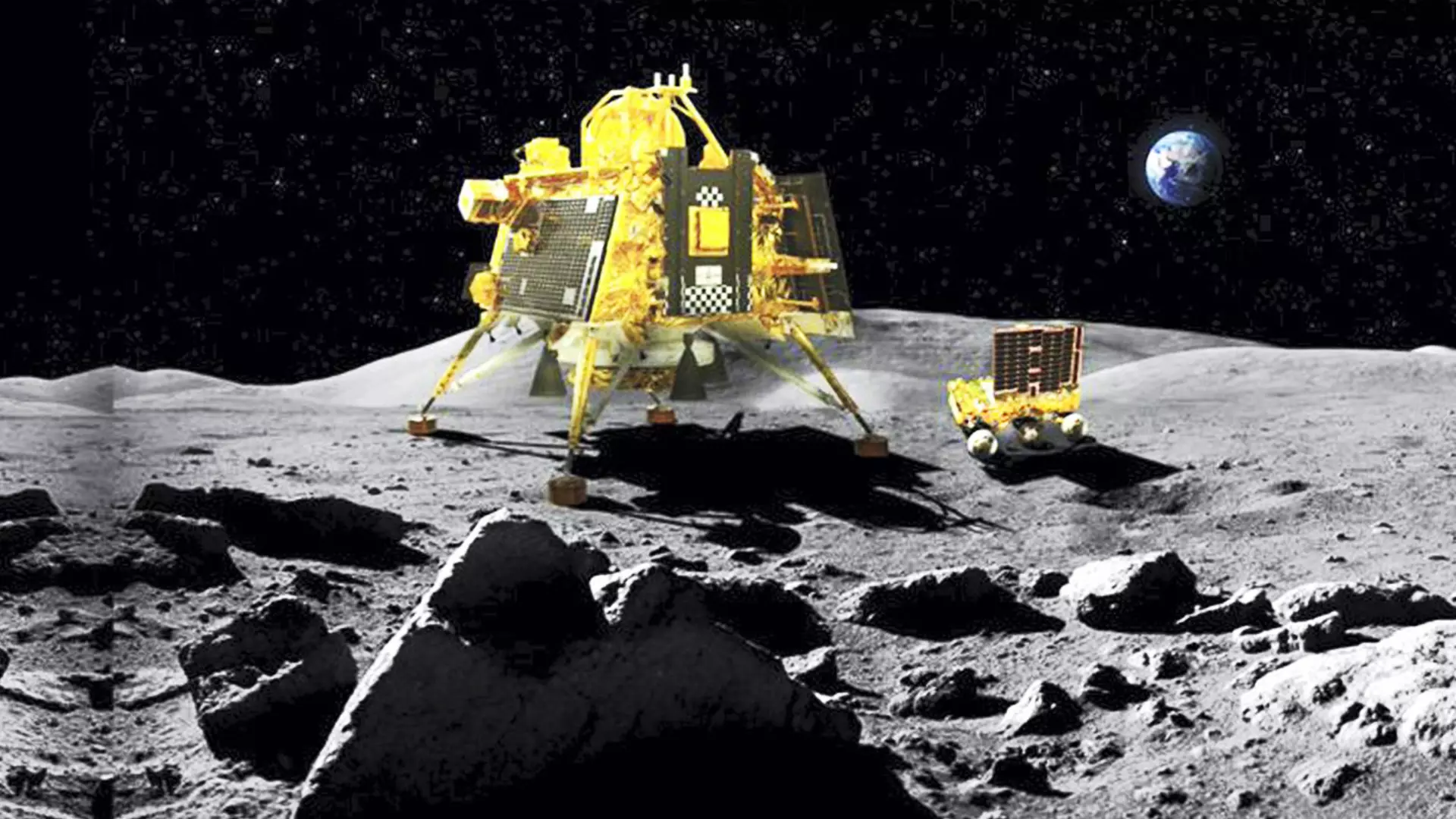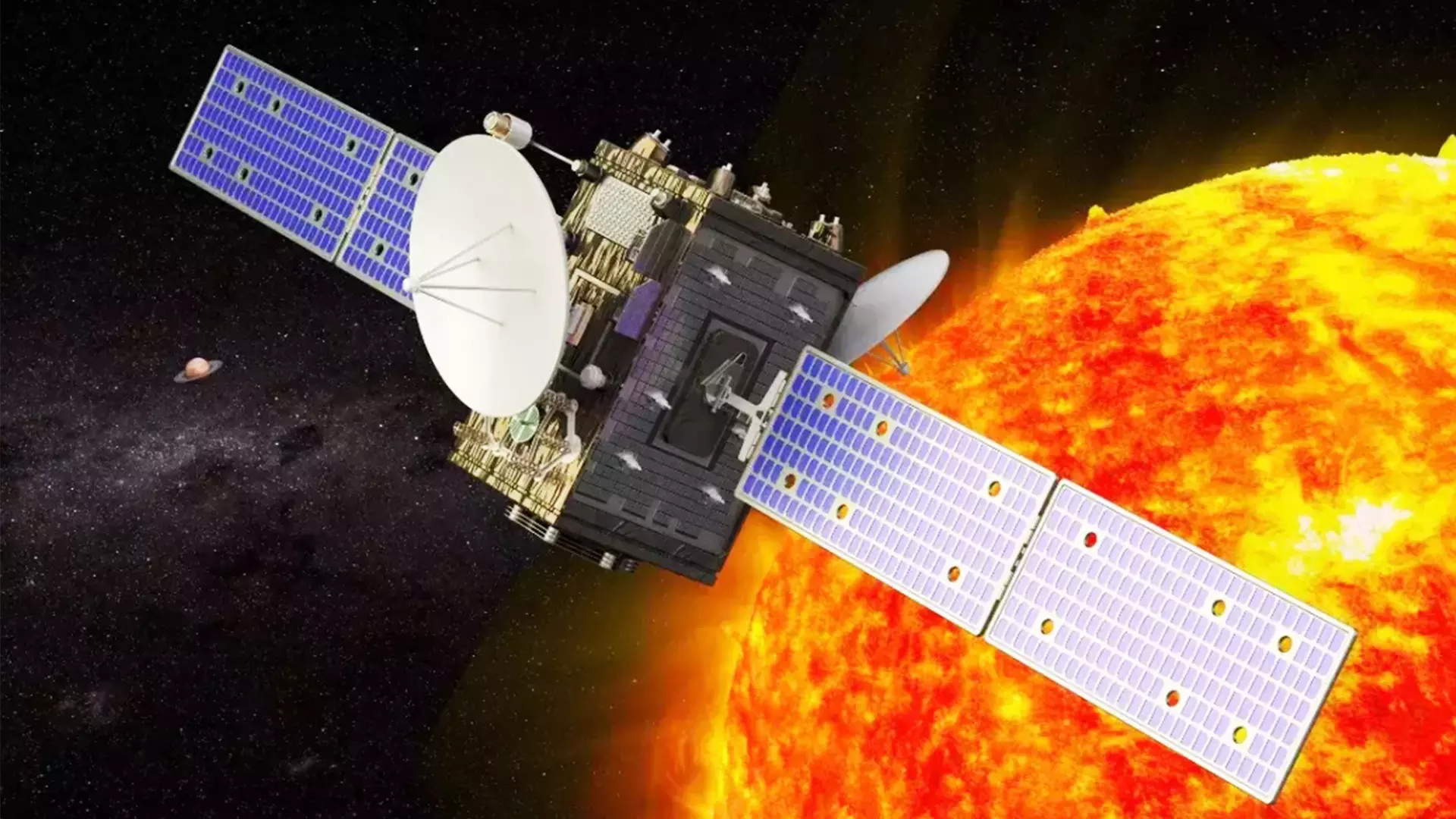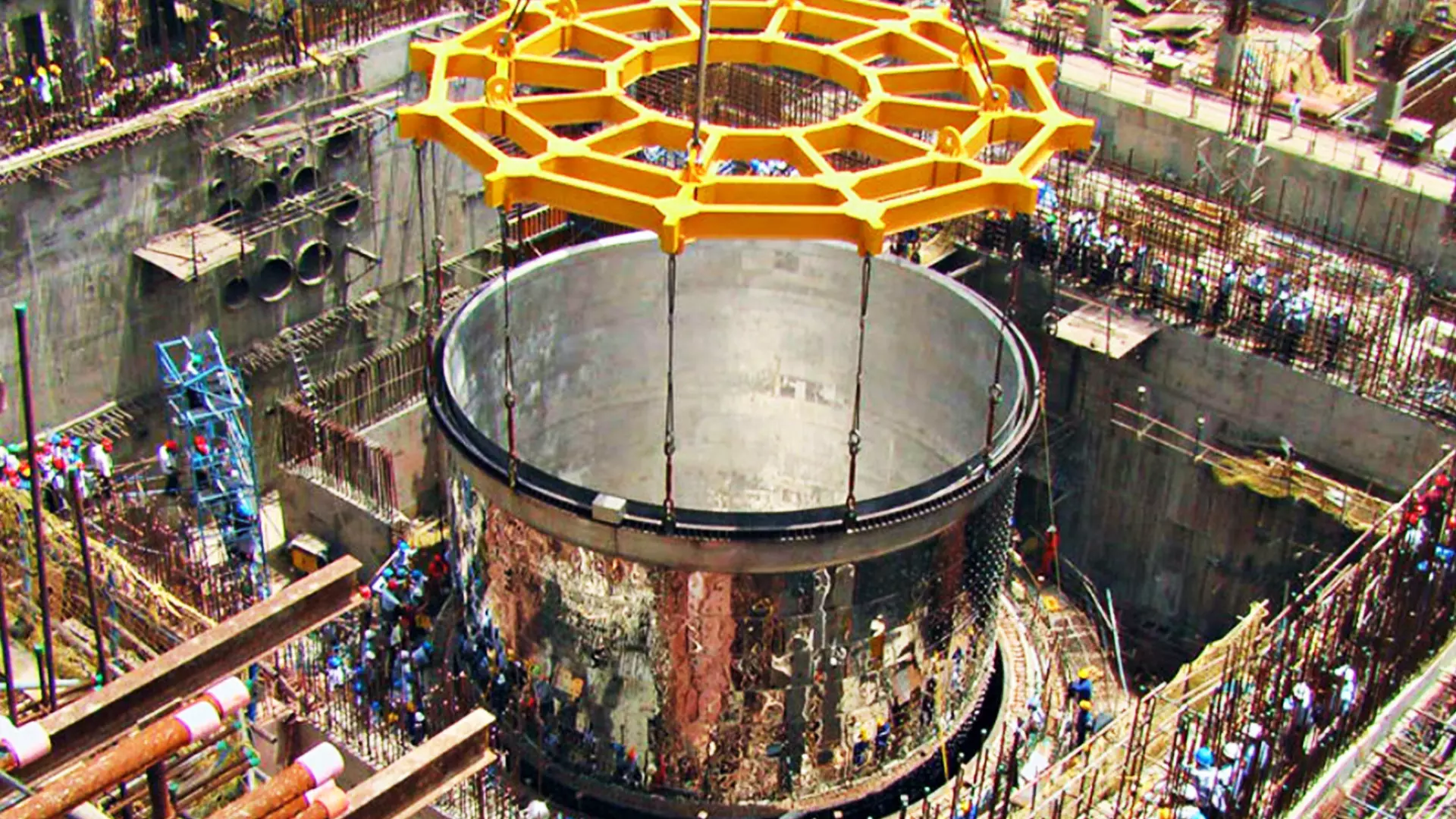
- Home
- India
- World
- Premium
- THE FEDERAL SPECIAL
- Analysis
- States
- Perspective
- Videos
- Sports
- Education
- Entertainment
- Elections
- Features
- Health
- Business
- Series
- In memoriam: Sheikh Mujibur Rahman
- Bishnoi's Men
- NEET TANGLE
- Economy Series
- Earth Day
- Kashmir’s Frozen Turbulence
- India@75
- The legend of Ramjanmabhoomi
- Liberalisation@30
- How to tame a dragon
- Celebrating biodiversity
- Farm Matters
- 50 days of solitude
- Bringing Migrants Home
- Budget 2020
- Jharkhand Votes
- The Federal Investigates
- The Federal Impact
- Vanishing Sand
- Gandhi @ 150
- Andhra Today
- Field report
- Operation Gulmarg
- Pandemic @1 Mn in India
- The Federal Year-End
- The Zero Year
- Science
- Brand studio
- Newsletter
- Elections 2024
- Events
- Home
- IndiaIndia
- World
- Analysis
- StatesStates
- PerspectivePerspective
- VideosVideos
- Sports
- Education
- Entertainment
- ElectionsElections
- Features
- Health
- BusinessBusiness
- Premium
- Loading...
Premium - Events

“It was the best of times, it was the worst of times, it was the age of wisdom, it was the age of foolishness, it was the epoch of belief, it was the epoch of incredulity, it was the season of light, it was the season of darkness, it was the spring of hope, it was the winter of despair,” so said Charles Dickens, in his masterpiece A Tale of Two Cities. The quote suits the emerging...
“It was the best of times, it was the worst of times, it was the age of wisdom, it was the age of foolishness, it was the epoch of belief, it was the epoch of incredulity, it was the season of light, it was the season of darkness, it was the spring of hope, it was the winter of despair,” so said Charles Dickens, in his masterpiece A Tale of Two Cities. The quote suits the emerging landscape of science and technology in 2023. While there were notable advancements, making waves across the globe, like the success of Chandrayaan-3, there were also retrogressive moves like summarily abolishing awards and fellowships given by the academies and research institutions for encouraging young researchers and recognising excellence and lifelong contribution. The year also saw widespread agitations by young research scholars demanding allowances to match the rate of inflation and their daily living costs.
Here are some of the highlights of science and technology in India during 2023.
On the space technology front, two critical missions made global waves. The soft landing of Chandrayaan-3 on the surface of the Moon made India the fourth country, after Russia, USA and China, to do so. The mission detected a 100-kilometre-thick layer of electrically charged plasma of ions and electrons enveloping the lunar surface near the south pole. The density of the layer varied with the progress of the lunar day, growing from about 5 million to 30 million electrons per cubic metre. Radio communication and GPS, like satellite-based navigational systems, are affected by the ionosphere, and the data gathered by Chandrayaan-3 will help engineers design suitable communication and navigational systems for futuristic lunar bases.

The soft landing of Chandrayaan-3 on the surface of the Moon made India the fourth country, after Russia, USA and China, to do so.
Further, it measured the temperature and conductivity of lunar soil. The preliminary analysis shows that at 8 cm down, the temperature was 60 ºC lower than on the surface. Among the various tremors and vibrations recorded by the craft, the one that lasted for about 4 seconds has piqued the scientists around the globe, which Indian Space Research Organisation (ISRO) suspects was caused by the impact of a tiny meteorite striking the surface of the Moon.
Along with aluminium, silicon, calcium, oxygen, and iron, the mission found the presence of sulphur on the lunar surface. Sulphur is often found in the molten rocks of volcanic origin. Therefore, planetologists speculate that the young Moon experienced gigantic volcanism in its early history. This finding will help us better understand the geochemistry of the lunar surface.
Aditya L1, India’s first solar space probe, is on its way to its parking slot about 1.5 million kilometres away in the direction of the Sun. The indigenously developed onboard scientific instruments were activated individually while the craft was cruising towards its destination. With the remote sensing instruments, Aditya L1 will study the origin and dynamics of mysterious solar phenomena such as solar eruptions, known as coronal mass ejections (CMEs), and also forewarn of impending solar storms on their way towards the Earth from the measurement of the space weather parameters in its environ.

Aditya L1, India’s first solar space probe, is on its way to its parking slot about 15 million kilometres away in the direction of the Sun.
This year, ISRO also tested the crucial crew escape system of its Human Rated Launch Vehicle (HRLV), a modified version of LVM3 (GSLV Mk III) for the Gaganyaan mission, which is set to take Indian astronauts into space.
ISRO developed a launch vehicle, Small Satellite Launch Vehicle -SSLV, to place small, mini, micro, and nanosatellites in a low earth orbit at around 500 km altitude. The maiden flight, conducted in August 2022, failed. However, the second flight, SSLV-D2, launched on February 10, 2023, successfully placed the payloads in the designated orbits.
On the nuclear front, India has begun commercial operation of its first domestically designed 700-MWe pressurised heavy water reactor (PHWR) at the Kakrapar nuclear power plant in Gujarat, culminating the saga of designing and developing indigenous pressurised heavy water reactors (PHWR). India commenced developing a pressurised heavy water reactor (PHWR) in 1963 with the Canadian collaboration. The first unit, 100 MWe RAPS-1, was commissioned in 1973. Following the Pokhran nuclear test, Canada ceased its assistance, and India took the help of the Soviet Union. Learning from the Soviet, VVER, a kind of Pressurised Water Reactor technology, Bhabha Atomic Research Centre (BARC) developed an indigenised 220 MWe pressurised heavy water reactor. The pilot plants were commissioned at Kalpakkam in Tamil Nadu.
Learning from this and the other small PHWR reactors, BARC designed a medium-capacity reactor with a 700MWe unit incorporating the Generation III+ features. The new design has enhanced safety features such as a suppression pool to limit containment peak pressure under loss of coolant accident (LOCA) and double containment. This assumes significance in the context of the recently concluded United Nations Climate Change Conference (COP28), which called for accelerating the deployment of low-emission technologies, including nuclear energy, to help achieve deep and rapid decarbonisation.
The plutonium-powered 500 MW Prototype Fast Breeder Reactor (PFBR) is set to become operational at Kalpakkam. This is a crucial phase in the indigenous three-stage nuclear programme. The reactor will generate energy and transform locally available thorium into atomic fuel, reducing the need to import nuclear fuel and ensuring energy security.

The plutonium-powered 500 MW Prototype Fast Breeder Reactor (PFBR) is set to become operational at Kalpakkam.
On what is called a curiosity-driven inquiry, researchers at the Indian Institute of Astrophysics (IIA, Bangalore) used the high-resolution spectroscopic data acquired using a High Dispersion Spectrograph (HDS) attached to SUBARU telescope (Japan). They found that the unique HE 1005-1439 star is a carbon-enhanced metal-poor (CEMP) star, defying all the previous classifications and our current understanding of the star formation process.
Using the data recorded by the Langmuir Probe and Waves instrument on the Mars Atmosphere and Volatile EvolutioN (MAVEN) spacecraft of NASA investigators from the Indian Institute of Geomagnetism (IIG) reported for the first time the unmistakable evidence of solitary waves, that is, distinct electric field fluctuations in the Martian magnetosphere. The researchers posit that the fluctuations may contribute to the loss of atmospheric ions on Mars.
In the area of application-oriented research, in other words, translational research, a team of chemists at the Indian Institute of Science Education and Research in Pune have synthesised a non-toxic quantum dot with indium phosphide core surrounded by a thin shell of zinc sulphide that is capable of pure blue light in a solid state and solution, which can be safely used for multicolour bioimaging. Meanwhile, the researchers at the National Institute of Technology Rourkela and Sambalpur University Odisha have synthesised a non-toxic organic dye that can bind to actin, an essential cellular protein. This dye can be used for bioimaging the protein. Bioimaging is a huge step beyond medical imaging that enables the non-invasive process of visualising biological processes at the cellular and molecular levels.
Cow-dung does not help, but perhaps coating electronic devices such as mobile phones and microwave ovens with composite material synthesised from nickel oxide and carbon nanofibre on a foamy aluminium structure fabricated by the team of researchers at the CSIR-Advanced Materials and Processes Research Institute in Bhopal, that absorb the electromagnetic radiation, could reduce the radiation hazard.
If the bioengineers of the CSIR-Indian Institute of Chemical Technology in Hyderabad are to be believed, low voltage current in the soil around plant roots stimulates plant growth by boosting metabolic processes, including photosynthesis. They claim this method could become a viable option for sustainable agriculture.
After electric buses, cars and two-wheelers, it is time for tractors and farm equipment to go green. TAFE (Tractors and Farm Equipment Limited), established in 1960, is one of the world's largest tractor manufacturers. It launched an electric tractor. They also showcased the prototype of a hydrogen-powered tractor.
To make plastic pollution a history, we need a technology to degrade the waste Polyethylene terephthalate (PET) into terephthalic acid (TPA) and ethylene glycol (EG), the basic molecular building block of PET. Though various attempts are being made worldwide, most lack sufficient purity and yield for it to be recycled into PET that is comparable in quality to virgin PET. A group of researchers at IISER Mohali have developed a novel enzyme-driven strategy using engineered thermostable enzymes and reactions to degrade solid PET into its smallest molecular building blocks of high yield and ultra-high purity. From such pure, degraded building blocks, one can recycle virgin plastic. This endeavour, led by Professor Purnananda Guptasarma, has won the Tata Transformation Prize 2023 for sustainability.
This year, the government has come up with three big-bang policy initiatives that have the potential to be game-changers in India's S&T landscape. The ambitious Anusandhan National Research Foundation (NRF) Bill, 2023, passed in the Monsoon Session, aims to mobilise 50,000 crores during five years (2023-28). The announcement of the National Quantum Mission (NQM) at a total cost of ₹6,003.65 crore from 2023-24 to 2030-31 could seed and create a vibrant ecosystem for Quantum Technology (QT). The Semicon India program, with a total outlay of ₹76,000 crore, aims to develop a semiconductor and display manufacturing ecosystem in the country. India currently has no manufacturing base for chips and microprocessors.
But the devil is in the details. Of the ₹50,000 crore earmarked for the NRF, the government aims to mobilise ₹36,000 crore, almost 80% from industry and philanthropists. The investment record of the Indian industry in R&D is abysmal. They are happy importing technology by paying royalties. The grand scheme appears to be only wishful thinking.
“The Cabinet approval for construction on the LIGO project, one of India’s most advanced basic science projects, for gravitational wave detection is a major step forward this year,” says Gautam Menon, a professor of Physics and Biology at Ashoka University. He heads its Centre for Climate Change and Sustainability (3CS). “Also, as part of the Indian Space Policy 2023, ISRO is set to make the remote sensing data from 44 satellites since 1986 at 5m resolution available as open access is a genuine step forward. Similar approaches to making data more easily and transparently available should follow in other domains as well,” he added.
“Indian science not only can reach the Moon but also address human needs on Earth if only the government listens to sane voices,” laments Prof S Krishnaswamy, a bioinformatics researcher and a Vice-President of All India People's Science Network (AIPSN). The ISRO’s National Remote Sensing Centre (NRSC) used the Synthetic Aperture Radar (SAR) data from the Sentinel-1 and the Cartosat-2S satellite data to get a spot-specific, high-resolution image of the Joshimath region to identify the location and extent of subsidence. However, the day after the data was placed in the public domain, shamefully, the government issued a gag order restraining all government institutions from providing data or comments in the public domain. “Only with open discussion based on facts and data can one find a remedy. The government wants to hide its folly — undertaking unsustainable development projects in the environmentally sensitive region- by gagging the scientific voices. The tunnel collapse reflects the lack of environmental concerns and rampant profit-oriented development. The fact that finally, the sheer human effort of the miners who dug the last part using their hands showed the lack of requisite technology availability in such a situation,” he added.
“The tendency towards greater control of scientific and other educational institutions, as with the Institutes of Management (IIMs) where the Union government will now control the appointment of the board of governors and directors, is a regressive step,” says Gautam Menon. “We should be moving towards greater autonomy and independence, as, in fact, envisaged in the New Education Policy (NEP). This does not seem to be the case, with government and its proxies slowly establishing increased control wherever possible,” he added.
The government also decided to close down Vigyan Prasar, an organisation set up to take science to people. Pallav Bagla, a well-known science commentator, rues, “The shutting down of Vigyan Prasar, an autonomous unit of the Department of Science and Technology tasked with the popularisation and outreach of S&T, came as a shock. Especially since, for India to become a developed country by 2047, the foundation of this 'viksit bharat' has to be based on the use of atmanirbhar R&D.”
While most seasoned scientists were not much troubled, the government also chose to end support to the Indian Science Congress Association (ISCA) for holding the yearly ‘Indian Science Congress’. The elected body of the ISCA refused to follow the government’s diktat in the choice of venue or the programme schedule. The ISCA was formed in 1914 to promote modern science in India. Since independence, until recently, it was customary for the Prime Minister to inaugurate the Congress. Although the lustre and past glory are lost, it has over 30,000 members. Even now, young researchers and faculty from state universities take pride in their participation.
In another regressive move, the Union government has discontinued hundreds of science and health awards and fellowships given by government-linked institutions on the grounds of funds and that too many numbers take the sheen out of the awards. Sociologists of science know that awards and honours motivate and drive researchers. The recent analysis, a longitudinal study of nearly all recognised prizes worldwide and over 11,000 scientific topics from 19 disciplines, published in Nature Communications by Ching Jin, Yifang Ma and Brian Uzzi in 2021, indicates that issues associated with a scientific prize experienced extraordinary growth in productivity, impact, and new entrants. Yet the mandarins of the Union home ministry, throwing all evidence and common sense to the winds, dictated scientific bodies receiving government support to stop fellowships and awards. To rub salt into the wound, the Centre also circulated an advisory that scientists must only accept awards and prices from private bodies with the government’s prior permission.
Research scholars are the backbone of innovation and research and nearly run the labs on a day-to-day basis. They are the crucial foot soldiers of research. However, in India, the scholars are treated with scant respect. Many scholars work unpaid, and if fellowships are provided, they are meagre and hardly released in time. The young scholars were agitated as the authorities paid little attention to their plight. The All India Research Scholars Association (AIRSA) launched a Twitter storm. They even picketed at the Department of Science and Technology. The hike announced, the scholars feel, is paltry and does not match the inflation rate or living cost. Only just and fair scholarship will enable underprivileged scholars to pursue research. The dream of diversity and social justice demands fair and just fellowships for research scholars.
The ideal of scientific temper suffered and received a severe beating by those in power. The National Council of Educational Research and Training (NCERT) developed a set of educational content in the wake of the success of the Chandrayaan-3 mission. “The modules for school students are full of scientific and technical errors, pseudo-scientific claims, and misleading content that blends mythology with science,” says Prof Krishnaswamy, “yet despite criticism by scientists, the NCERT is unwilling to withdraw the modules”. “IIT Mani director claiming that it was the practice of meat-eating that had led to 'mass-scale landslides and cloudbursts' in Himachal Pradesh is an example of the 'ugly side' of the recent developments,” states Gautam Menon. “Here is a government-appointed director of an institution that should be at the forefront of upholding scientific temper, practices and ethics. But he is making statements that completely lack any scientific justification,” he added.
“If Chandrayaan-3’s success was a new high during 2023, the politicisation of scientific institutes was a new low,” writes Dinesh C Sharma, a journalist and author with 30 years of experience reporting on science, technology, and innovation.
The slated opening of the science gallery at Bengaluru on January 1, 2024, is a silver lining in otherwise ominous dark clouds hovering over scientific temper, humanism and the spirit of reform. The initiative, a culmination of years of strenuous efforts, is a big step towards realising the goal of nurturing scientific temper. Moving beyond participation and striving towards active experimentation, the science gallery offers a unique space for young adults to engage with natural, human, and social sciences and the arts. With technoscience pervading all aspects of our everyday lives, such public spaces are crucial to provide informal spaces for the public to engage with science and technology.
(Disclosure: The author was until recently employed at the Vigyan Prasar.)

